QuestionHi I bought a tortoise 3 days ago it's one year old. I can't get it to drink any water, and today she's not eating and just keeps burying herself back under her wood chippings.How many hours should I expect it be awake for, and how do i encourage eating and drinking. Tomatoes seems to be her favourite food but how often should she have them?
AnswerHi Dawn, I suspect that much of your problem is from re-location stress. It is very common for reptiles to go off their food when there is a drastic change in their environment. They can take a week or more to settle in and start eating and behaving normally. Just keep offering a small amount of food daily until his appetite picks up. Soaking him in a small amount of tepid water for 10 or 15 minutes a day will encourage him to drink. Tortoises also don't eat very well if they are cool. Med. spur thighs should have a basking temp. of 95F with a cooler end side that they can move to.
Mediterranean tortoises hibernate in the cold months in the wild. Many in captivity will naturally slow down in both appetite and acivity at this time of year even though they are in a temperature controlled environment.
The burrowing behaviour you noted is also quite normal for this species. My redfoots move around in the morning and bask but move to their favourite hide spots shortly after eating and remain there most of the day. I don't think they remain "active" more then a couple hours a day.
The tomatoes will have to be kept as just an occasional treat. The acidity and sugar content of tomatoes and other fruit can result in an imbalance of his intestinal flora and resulting diarrhea. Their digestive system is not designed to deal with it. Their diet has to consist mostly of high fibre, low protein greens, grasses and weeds. If you must rely on grocery store produce during the winter look for things like dandelion, kale, chicory and mustard greens. In the summer try to incorporate some grasses, weeds flowers or fresh hay into his diet as well. The idea is to mimic as closely as you can the type of diet he would have in the wild which would be mostly grasses with very little fruit and no animal protein.

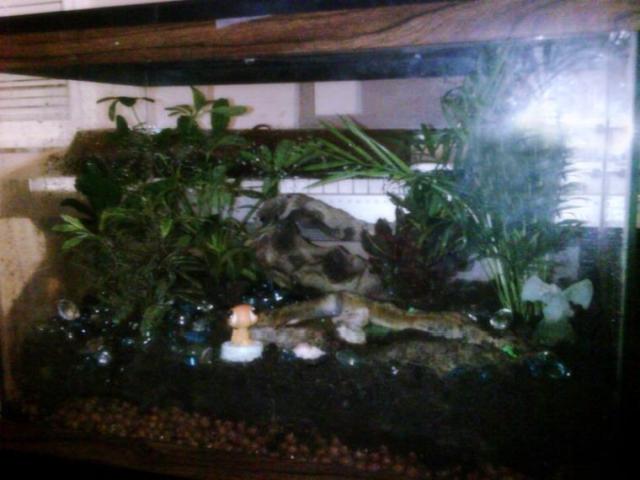 Concerns
QuestionQUESTION: About a month ago i got a new Anole l
Concerns
QuestionQUESTION: About a month ago i got a new Anole l
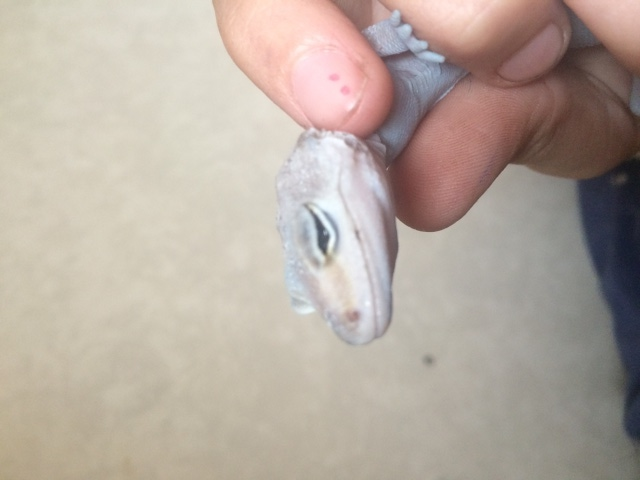 Leopard gecko possibly going blind? URGENT!
Question
After the incident
Okay so to sum up a
Leopard gecko possibly going blind? URGENT!
Question
After the incident
Okay so to sum up a
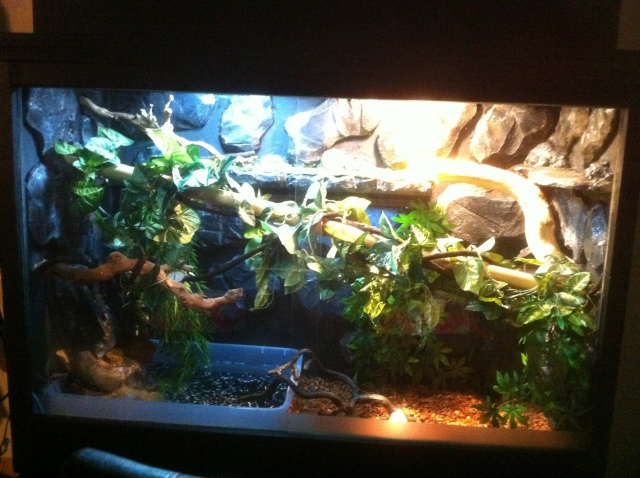 aggressive water dragon
QuestionQUESTION: Hello Tracie,
i have a Chinese water
aggressive water dragon
QuestionQUESTION: Hello Tracie,
i have a Chinese water
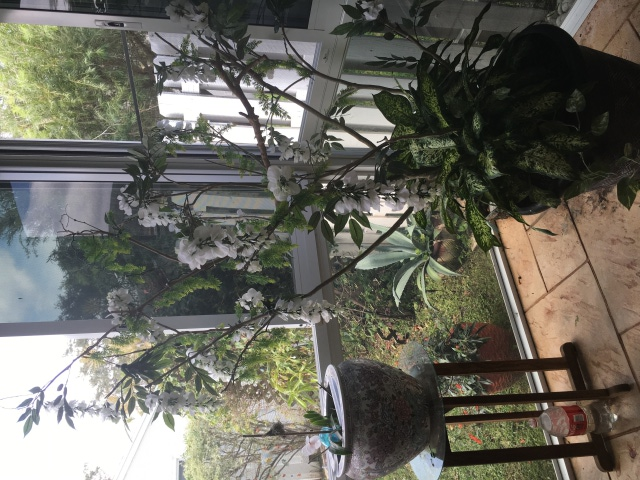 My 1 year old Chamaleon
QuestionRambo
His habitat
QUESTION: My on
My 1 year old Chamaleon
QuestionRambo
His habitat
QUESTION: My on
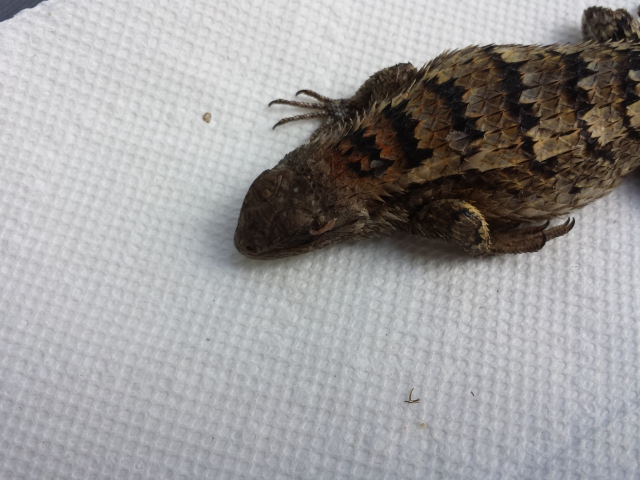 texas spiny lizard rehabilitation
Question
lizards head underside
Ive been l
texas spiny lizard rehabilitation
Question
lizards head underside
Ive been l